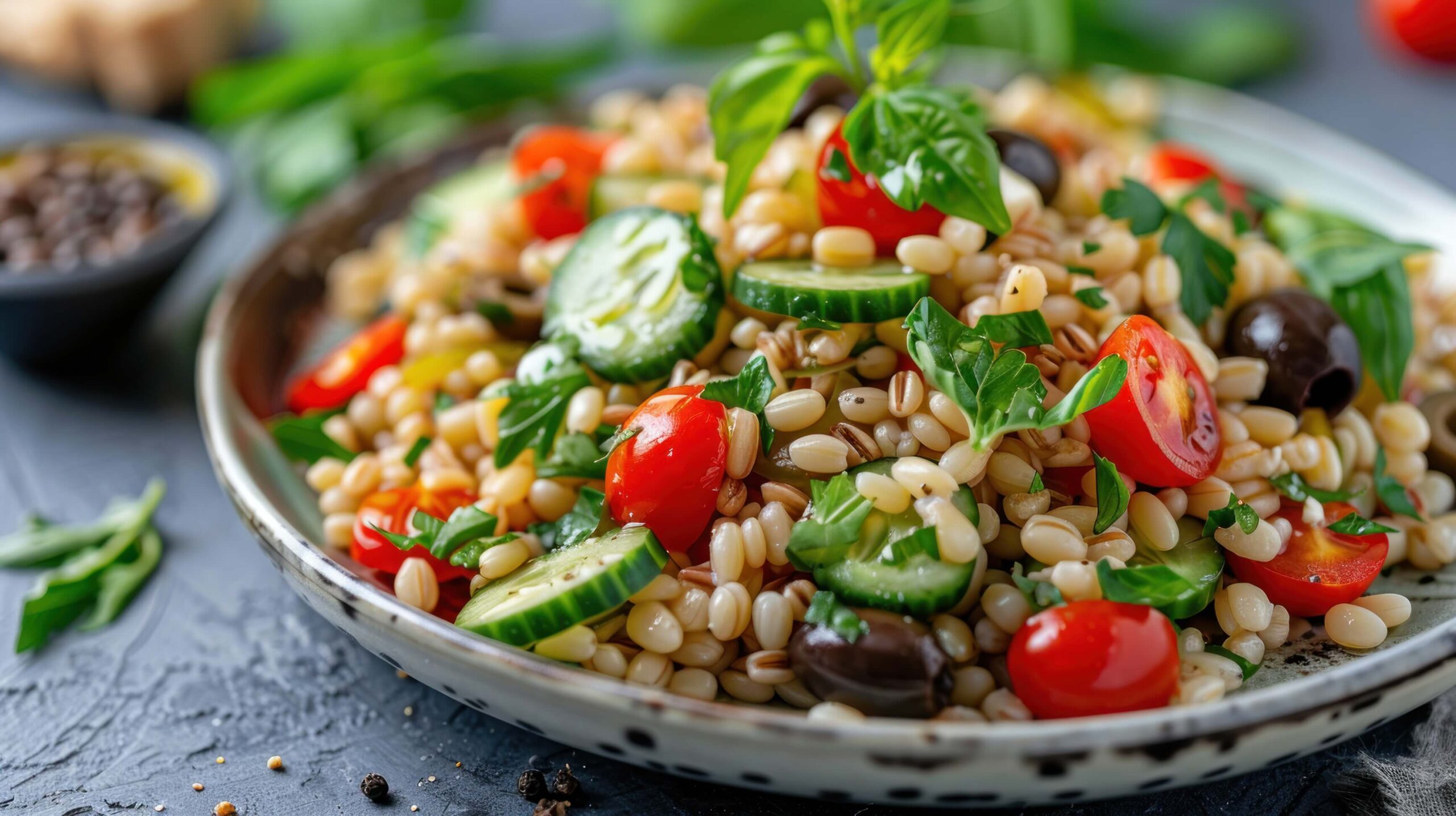How to Cook with Swiss Chard

Swiss chard is a leafy green vegetable with stalks that can be a variety of colors. Rainbow chard has bright red, yellow, pink, orange, and even white stalks. Typically, the colors fade with cooking. The taste and texture are similar across all varieties. This visually appealing vegetable is loaded with vitamins A and K. It’s also a good source of minerals like iron, magnesium, and potassium. To access all these great nutrients, knowing how to cook with Swiss Chard is important. Chard is usually cooked by steaming or sautéing. It’s a wonderful addition to stews, casseroles, and egg dishes like quiche or an omelet.
Mature chard often has thick stalks, so many people prefer to remove the stems from the leaves and cook them separately. If the stems have a celery-like texture, it’s best to cook them longer than the leaves. Many recipes call for slicing the stems vertically and then chopping them into 1/2-inch pieces. When selecting your chard at the grocery store, look for brightly colored and firm stems. The leaves should be glossy and similar to crisp green lettuce. Chard is best stored in the refrigerator, wrapped in a damp paper towel, and tucked into an open plastic bag. If you have young chard leaves the size of spring greens, they can be eaten raw and added to a mixed green salad. Now that you know how to cook with Swiss Chard, it’s time to start cooking! Try our hand at our Savory Swiss Chard and Garbanzo Beans recipe today.
Related Blogs
-

Strack & Van Til and Hormel donate hams for the holidays
HIGHLAND, IN. – Strack & Van Til is partnering with Hormel Foods to give away 400 Hormel® Cure 81® hams…
-

Let Strack & Van Til meats and treats make it the most…
Seasonal celebrations have started, and with more parties for hosting — including the main event — pick up holiday dinner…
-

Food is Medicine: Eat Well, Live Long
Eating for overall health and longevity continues to gain attention, and one of the most exciting areas of research today…






